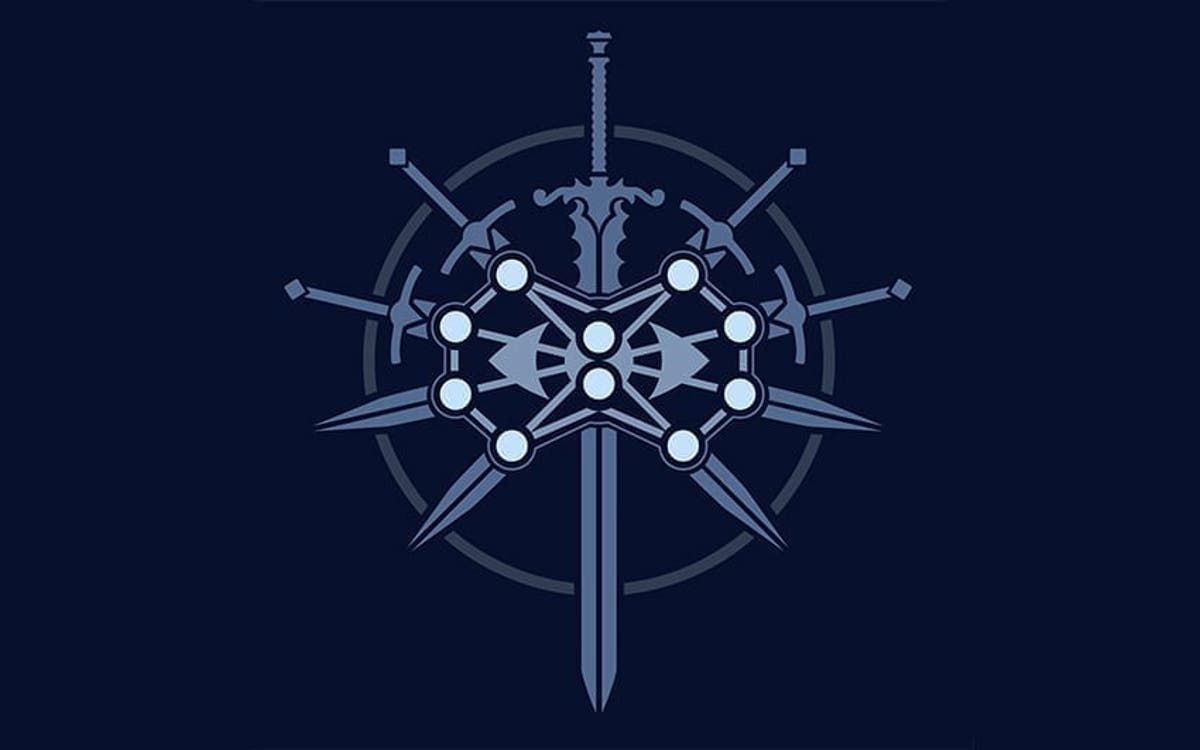Table of Contents Show
Brandon Sanderson is one of the most successful and prolific authors currently writing in the fantasy genre. He’s known for writing the last several books of the classic Wheel of Time series after the tragic death of its author, Robert Jordan, in 2007. However, his own original work is perhaps just as influential on modern epic fantasy as Jordan’s.
One of the most notable things about Brandon Sanderson’s epic fantasy is that most of his novels and short stories are set in a shared universe called the Cosmere. The Cosmere is home to many different planets, inhabited by a wide variety of civilizations, peoples, magical energies, and gods. It is on and between these planets that the twelve novels and bevy of novellas and short stories of the Cosmere “series” are set.
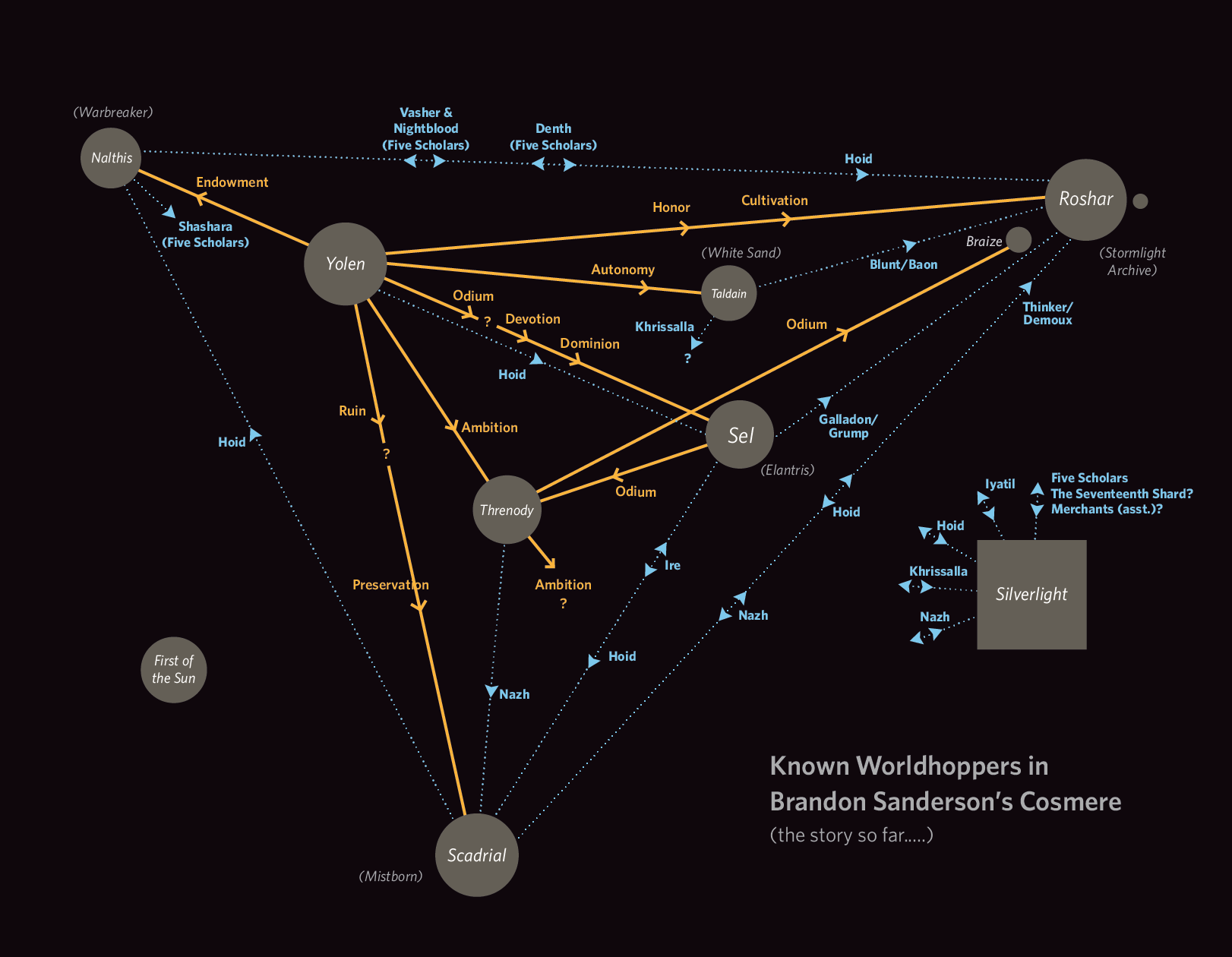
Credit: Chris Lough, Tor.com
The Cosmere is an absolutely sweeping endeavor. It’s incredible to consider the shared cosmology of the stories, piece together the small connections and references that pepper the books, and speculate on the direction of the story as a whole. In that way, the Cosmere is comparable to other beloved shared fictional universes, such as the Marvel Cinematic Universe.
But interconnectedness is only one of the things that makes these books great. Despite the initially intimidating scope of the project, the books in the Cosmere are actually a great way for new readers of serious epic fantasy to sink their teeth into more complex works than the mainstream has to offer. After readers have gotten hooked on their first couple of Sanderson books, they can leap into the larger world of hardcore epic fantasy, or they might stick around and fully explore the Cosmere. Either way, the leap is deeply rewarding.
The Stories Of The Cosmere
Of course, a shared universe is no good unless the individual stories are compelling, and Brandon Sanderson has that covered. Every book and series set in the Cosmere is a hell of a ride, with adventure and intrigue around every corner. The Mistborn Series is set on the planet Scadrial, where people called Allomancers can ingest and “burn” different metals to access heightened senses and command over supernatural forces.
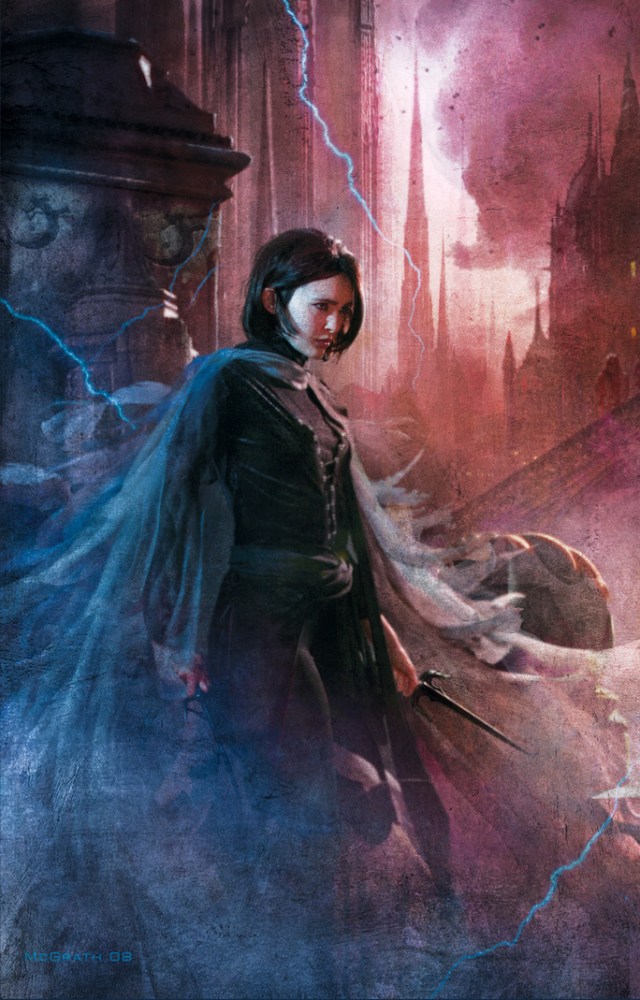
Credit: Brandon Sanderson, Tor Books
At the time of the first Mistborn book, Scadrial is dominated by a godlike king known as the Lord Ruler, but a gang of Allomancer thieves is planning to pull off the heist of the millennium and rob the Lord Ruler blind. Mistborn is currently the longest series of novels in the Cosmere at six books, and the story takes many twists and turns from its exciting initial premise.
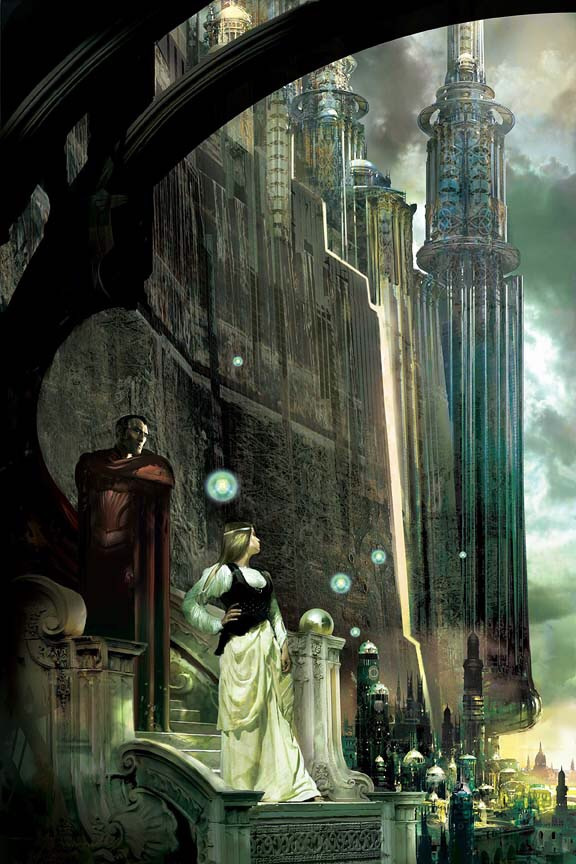
Credit: Brandon Sanderson, Tor Books
The stand-alone novel Elantris was the first Cosmere book that Brandon Sanderson published. In the area surrounding the city of Elantris on the planet Sel, people are struck at random by a transformation that turns their skin and hair silver and allows them to access the city’s powerful magic. But a mysterious event turns the graceful, powerful Elantrians into undead husks. When a prince is struck by the transformation and becomes one of these walking corpses, he must find a way to rediscover Elantris’s long-dead magic and save the city, as well as his own life.
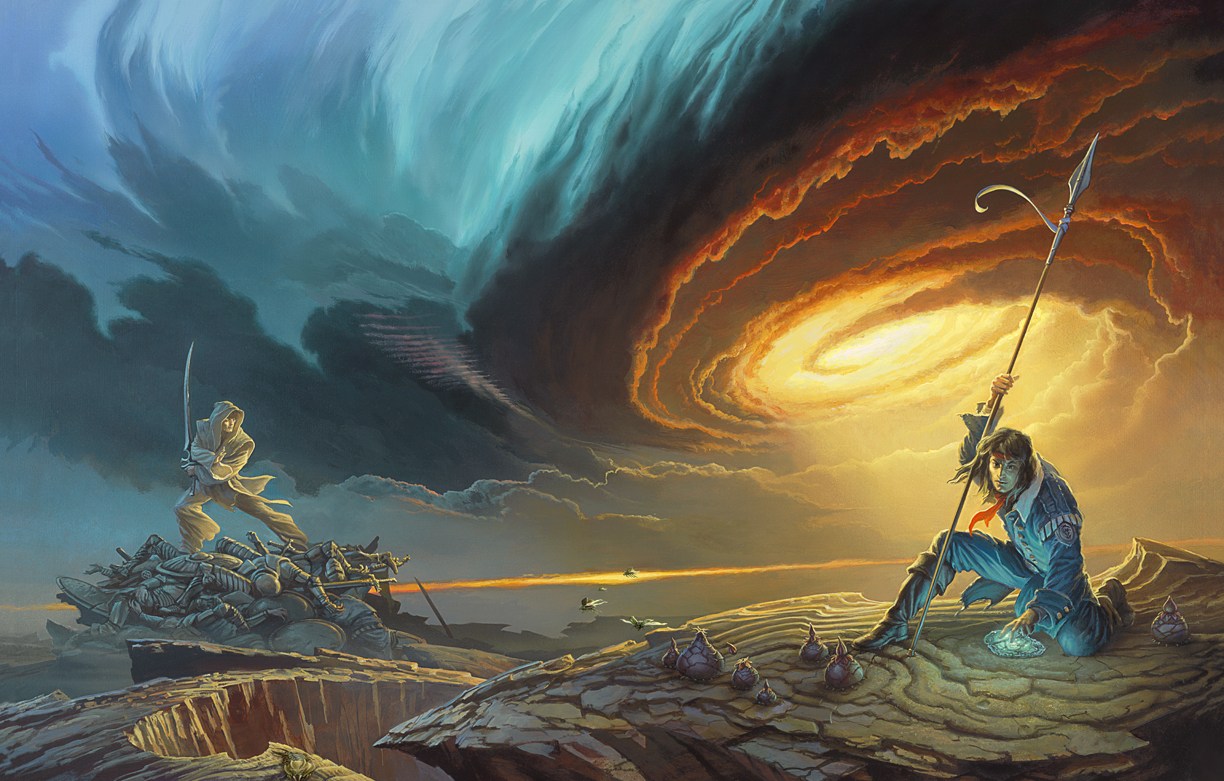
Credit: Brandon Sanderson, Tor Books
The most ambitious series in the Cosmere is The Stormlight Archive, which takes place on the planet Roshar. The first book, The Way of Kings, begins with the assassination of the king of Alethkar. His death prompts his son to start an endless war with the King’s killers, a race of humanoid stone creatures called the Parshendi. From there, the story follows the progress of the war from the perspectives of an enslaved soldier who begins to develop magical powers and the murdered king’s brother, who is having visions that might be divine and might be madness. There are currently four books in The Stormlight Archive, but ten are planned.
The Cosmere also encompasses many short stories and novellas, most of which are conveniently compiled in Arcanum Unbounded: The Cosmere Collection. Some of these smaller stories expand on the settings and events of the novels and some take place in different worlds entirely.
The Cosmere is a big universe with many, many story threads, but each individual narrative is so compelling that it’s not nearly as daunting once you get started. But where do you start? Any of the first books in the various series would serve as a fine starting point. If you want to try the Cosmere without committing to a whole series, Elantris is a stand-alone novel, and Mistborn: The Final Empire is also relatively self-contained even though it’s part of a series. Starting with The Way of Kings is also a great option, though it might be better for audiences who are more used to hardcore fantasy.
What Makes The Cosmere Different?
With that possible exception of The Stormlight Archive, the Cosmere is a great option for people who haven’t yet broken into the world of hardcore fantasy. If you’re one of those people, the good news is that you’ve probably already gotten started on some great fantasy books. Many are firmly part of the mainstream, from absolute classics like The Lord of the Rings to modern cultural behemoths like Harry Potter or more recent breakouts like A Song of Ice and Fire, on which HBO’s “Game of Thrones” is based. Fantasy has also developed a strong presence in the young adult market.
But what makes Brandon Sanderson’s books more “hardcore” than these popular entries in the genre, or even appreciably different from them? Well, there are several overriding qualities that tie Sanderson’s work to what people love about fantasy, and then take those things a step further to create reading experience worlds apart from the realm of mainstream fantasy.
“Hard” Magic Systems
Magic is one of the defining features of fantasy, and its enigmatic nature fuels the sense of wonder that lies at the heart of the genre’s appeal. The Harry Potter series features such a wide variety of spells and magical artifacts that readers never know what’s coming next. In The Lord of the Rings, Gandalf’s mysterious magical powers are always saving his companions in surprising and gripping ways.
Brandon Sanderson would characterize both of these stories as featuring “soft” magic systems, which means that the magic doesn’t have very many clearly defined rules. That isn’t a bad thing, but Sanderson favors writing about “hard” magic systems, where readers are privy to the magic’s inner workings and limits. In his essay on the topic, Brandon Sanderson argues that hard magic systems allow the author to solve narrative conflict in more satisfying ways. After all, when a reader can figure out for themselves how the magic can be used to solve a specific problem, it’s satisfying to see a character pull it off.
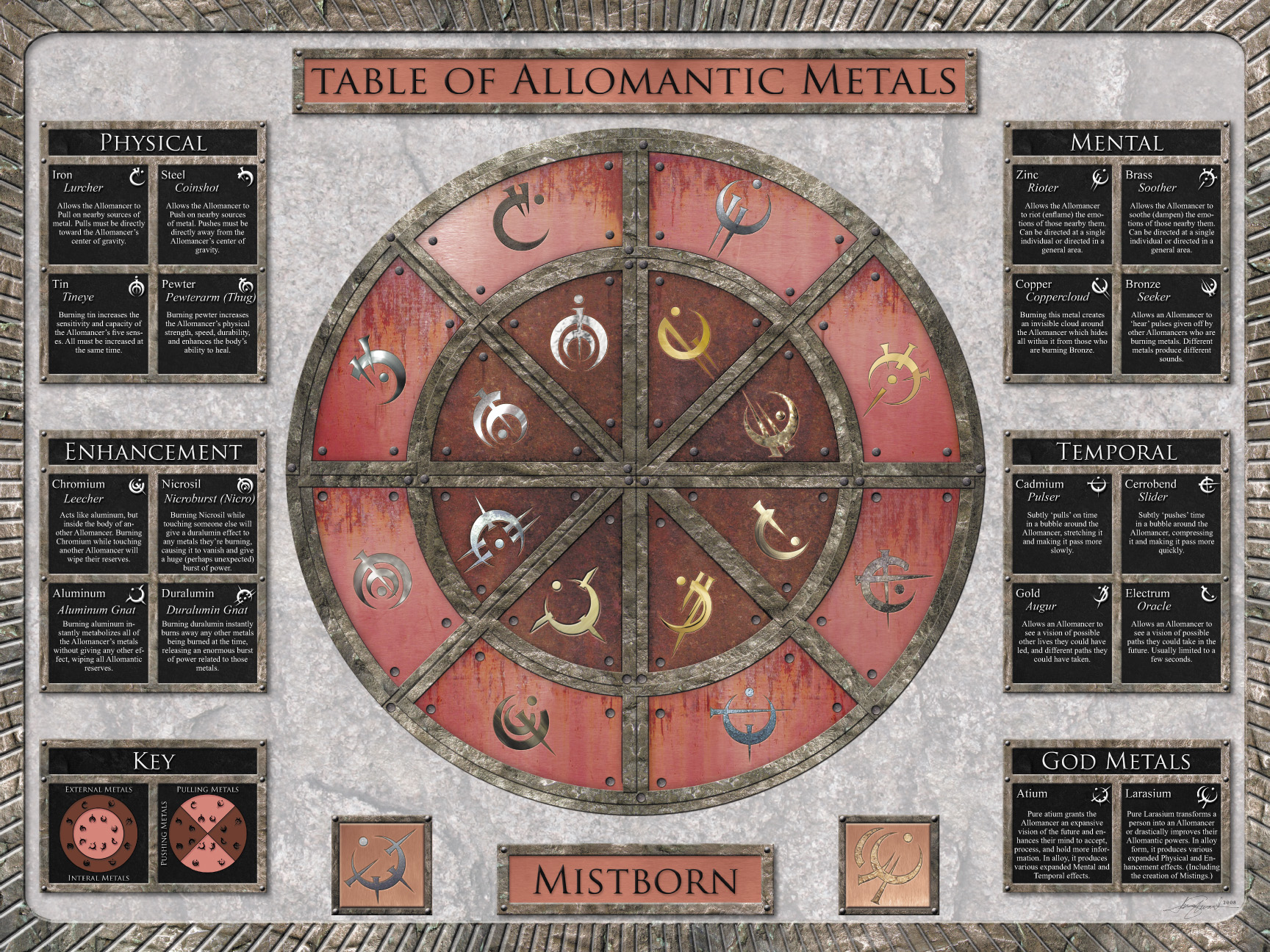
That doesn’t mean that Sanderson’s magic doesn’t evoke a sense of wonder—it just achieves that sense of wonder by being elaborate instead of mysterious. Each of the eighteen Allomantic metals in Mistborn has a different effect; there are over sixty Aons, which are the runes used to channel magic in Elantris; Stormlight, the magical energy in The Stormlight Archive, has dozens of different magical applications. These well-defined but extremely complex systems are a joy to think about, and their effect on Sanderson’s stories lends them a unique richness.
Truly Alien Worlds
Magic is, of course, just one aspect of any given fantasy story’s worldbuilding. The settings of classic fantasy stories are known for the many detailed, granular ways that they depart from the real world. Tolkien invented dozens of unique races and creatures to inhabit Middle Earth. The world of A Song of Ice and Fire also features unique races and creatures, and seasons there last years instead of months. But both of these classic worlds only differ so much from earth, and hew very close to the medieval European aesthetic with which fantasy is so strongly associated.
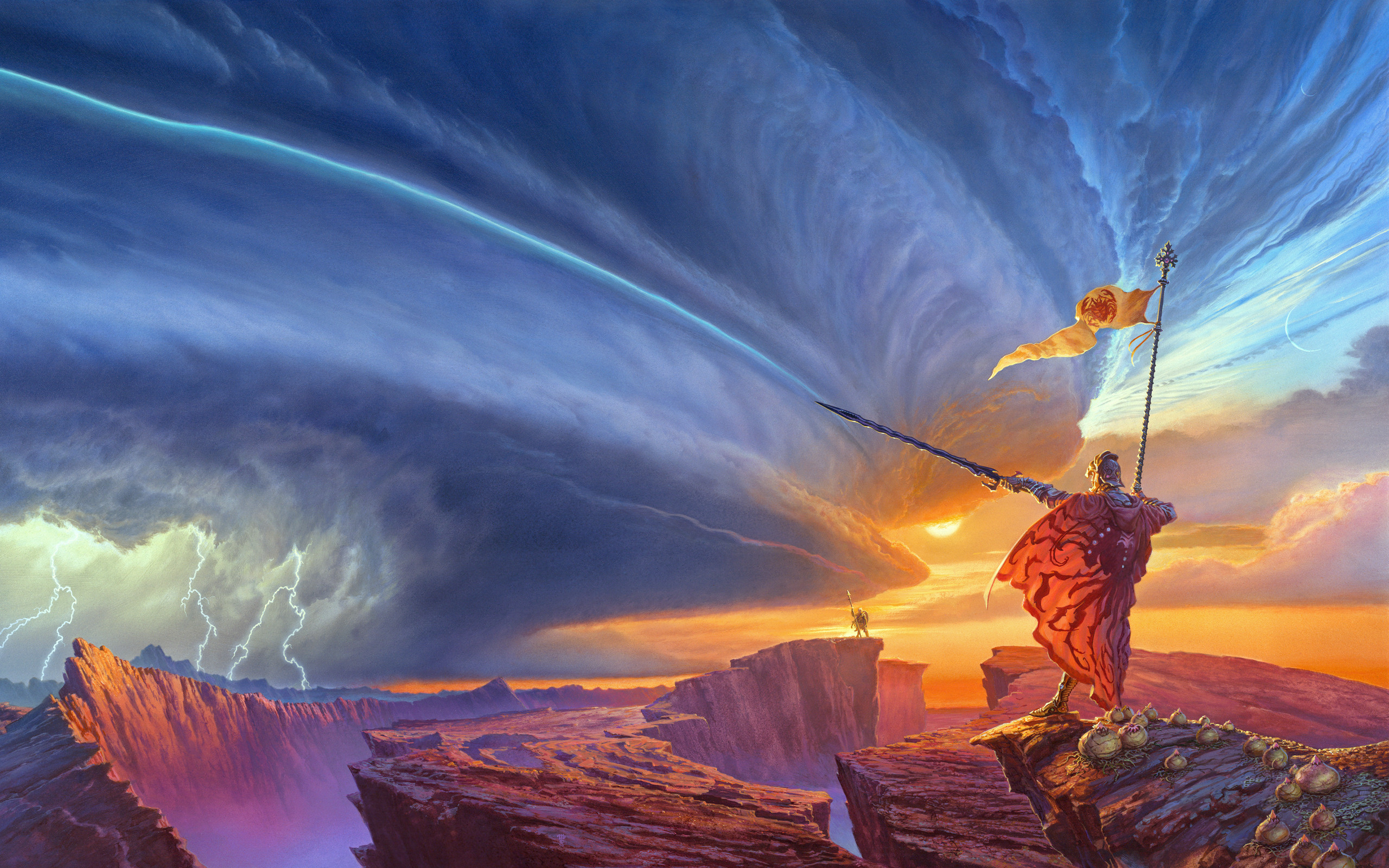
Credit: Brandon Sanderson, Tor Books
In contrast, Brandon Sanderson’s worlds are instantly recognizable as being entirely different from the world we know. In The Stormlight Archive, magically illuminated gemstones light every corridor. The Shattered Plains, where most of The Way of Kings takes place, is like no place that exists on earth: a vast desert made up of tall plateaus separated by deep chasms. And, instead of a handful of unique creatures and races, Roshar has a fully fleshed-out ecosystem with a detailed catalog of flora and fauna adapted to the frequent and vicious storms that ravage the land.
In the world of Mistborn, meanwhile, ash falls constantly from the sky, all of the plants are brown, and mists blanket the land every night and twist between the tall towers of the city of Luthadel. It would be pretty hard to mistake Scadrial for a normal medieval setting.
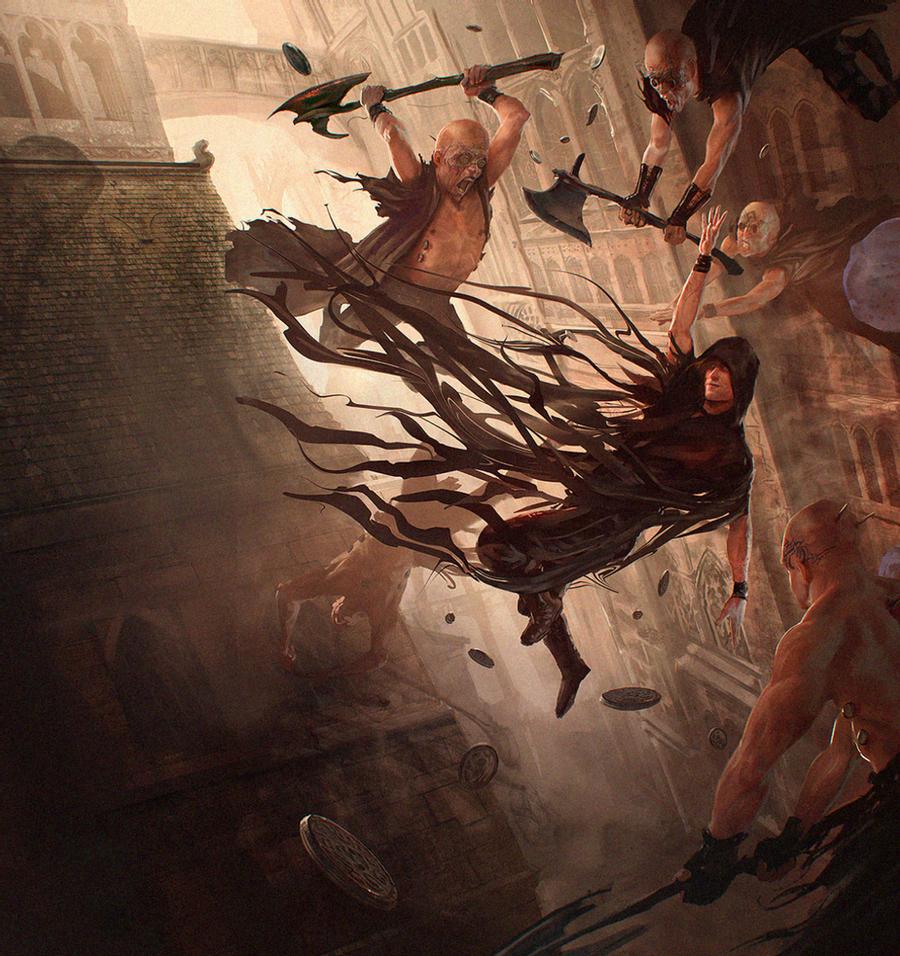
Because they’re truly unfamiliar Sanderson’s settings often feel more like science fiction than fantasy. Traditional medieval fantasy settings are great, but the planets of the Cosmere can be much more fun to read about because of this alien allure.
Mature Themes And Characters
The fantasy genre is often associated with children’s literature. It’s true that many of its representative franchises, such as Harry Potter and the many young adult fantasy series, are about kids dealing with the problems of childhood, which can only hold so much interest for adult readers. On the other end of the spectrum, A Song of Ice and Fire deals with adult characters and situations with an extremely gritty tone, featuring graphic violence and sex that may be unpalatable for some readers.
Brandon Sanderson’s books are also about adults dealing with mature issues such as relationships, trauma, and violent conflict, but Sanderson has a cap on how explicit he’s willing to get. That doesn’t mean he’s shying away from the tough questions, though. In fact, that shift in focus allows the emotions and decisions of his characters to take center stage, and he’s able to explore some amazingly deep questions about the human condition throughout his work.
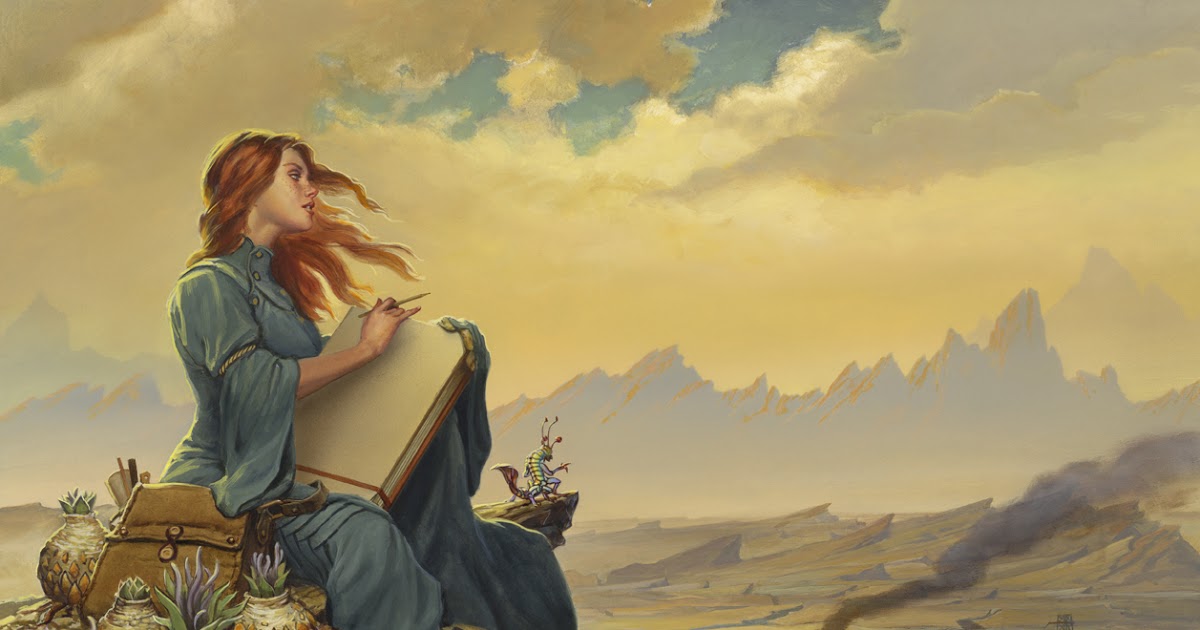
Sanderson especially makes a point of representing neurodiversity in his stories. He incorporates characters who are on the autism spectrum and who have dissociative identity disorder, and many living with post traumatic stress disorder. Interesting magic and settings are great, of course, but in the end, the heart of a story is its characters. That’s why Brandon Sanderson’s ability to incorporate serious, deeply human situations into his work gracefully is so important; it’s one of the things that make each of his books great.
The Shared Universe
The thing that makes the books great as a whole, however, is their shared universe: the Cosmere itself. One of the most fascinating things about the Cosmere is that Brandon Sanderson planned the connections between the books from the start but didn’t tell his publisher or his fans. In the beginning, all readers had to go on were little hints. For example, a mysterious character named Hoid has the power to travel between the various planets of the Cosmere and makes at least a small cameo in almost every Cosmere novel and story, often in disguise.
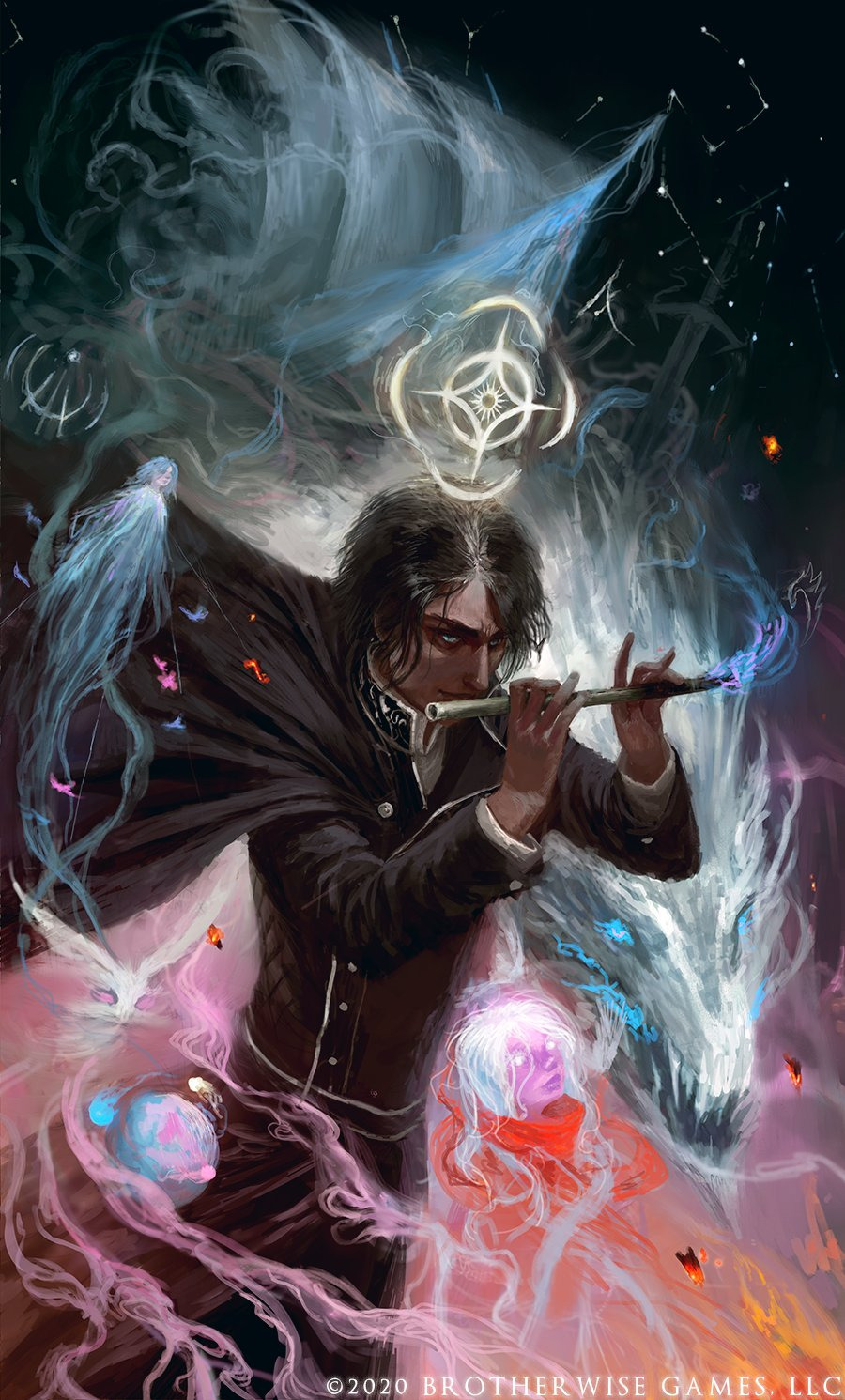
But that deliberate obfuscation didn’t stop Brandon’s voraciously speculative fans from figuring out that the mysterious informants, beggars, and storytellers in the different stories were actually the same character.
This entertaining anecdote from the fandom’s history reveals what’s so great about reading the Cosmere: it’s like a big puzzle, and recognizing the pieces is a lot of fun. The more books you read, the more small references and character cameos you’ll be able to recognize, and the more the series will feel like a unified whole. Eventually, the Cosmere can become a familiar, comforting world that you keep returning to as new books are released, or you revisit old ones. It’s that recognition and familiarity that make reading the Cosmere a truly unique experience.
Jump In
The books of Brandon Sanderson’s Cosmere universe are an excellent bridge from mainstream fantasy to the larger world of hardcore epic fantasy. If you start reading the Cosmere, though, you might find yourself lingering in its own expansive world, every corner of which is worth exploring in its own right.

Credit: Nick Wagner
